Inside USA Cricket’s Incredibly Unlikely, Maximally Joyful World Cup Run

“It’s happening very fast,” said Saurabh Netravalkar, the Team USA cricket player with the world-famous LinkedIn profile. “I’m still digesting what’s happening right now.” The Americans had just lost a surprisingly close World Cup match to India on Long Island on Wednesday afternoon, a series of words which also probably will take some time to digest.
It’s happening very fast: Indian superstar Virat Kohli must have thought the same thing after Netravalkar, who moonlights as a cricketer when not working as a software engineer, got Kohli out on the very first ball he faced Wednesday. It was a blink-and-you-missed-it shocker that saw a man who is expected to return to his full-time job on Monday defeat the competition’s all-time leading run scorer and one of the most famous athletes on earth. (With 269 million Instagram followers, Kohli is just behind Taylor Swift on the official leaderboard.) Several fans in attendance held up signs calling Kohli a god; one held up a sign asking Netravalkar for a job reference.
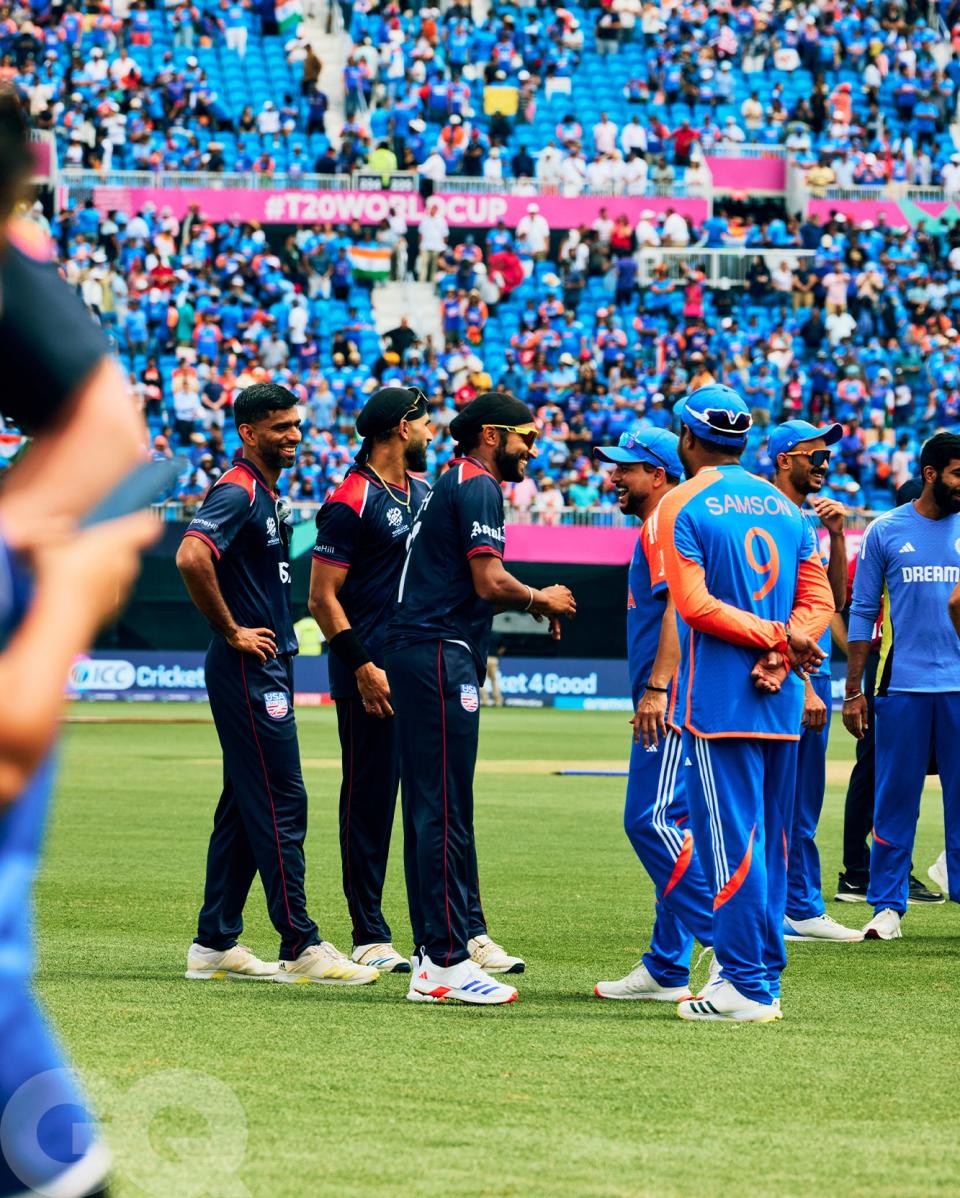
Netravalkar is the breakout star of the T20 Cricket World Cup, a biennial event that, this summer, is cohosted by the United States and the West Indies. He’s quickly become a Desi diaspora darling with a story of resilience and brilliance: A decade ago, he gave up on his cricket career when he left India for the US, enrolling in a master’s program at Cornell and then moving to the Bay Area to work at Oracle, where he’d eventually climb the ladder to serve as a principal member of the company’s technical staff.
Then he found out the United States had a cricket team. And then he tried out. And then he made the team. And then America won a bid to cohost the World Cup. And then the untested team, led by Netravalkar, beat Canada in its first-ever World Cup game. And then it beat Pakistan, among the world’s cricketing powers, and then non-cricket fans began to notice that the United States had a cricket team, and then the story of the software engineer beating the world’s best went viral on multiple continents. And then 30,000 people crammed into a hastily built temporary stadium on Long Island to watch Netravalkar and Team USA play against India, the favorites to win the tournament.
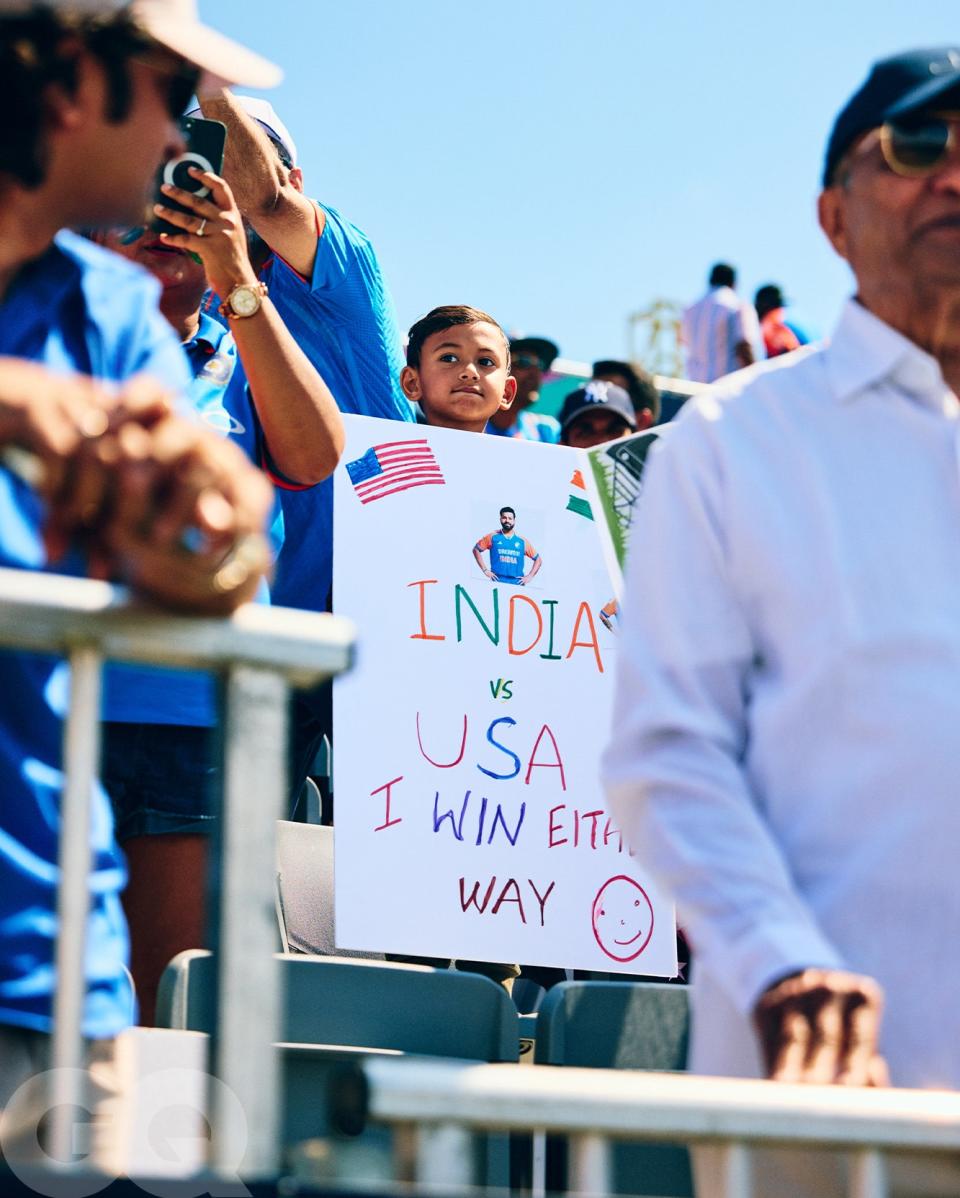

I had expected the crowd to be about 95% India fans and 5% USA supporters, but that was an assumption foolishly based on the logic of every other sporting event I’d ever been to in my life, where people root for one team or the other. This was entirely different: A game between India and America primarily attended by Indian-Americans, who cheered for the country where they were born and for the country where they’ve built their lives. They didn’t seem to find much conflict between those two things. Every major event in the game sent every flag in the stands waving.
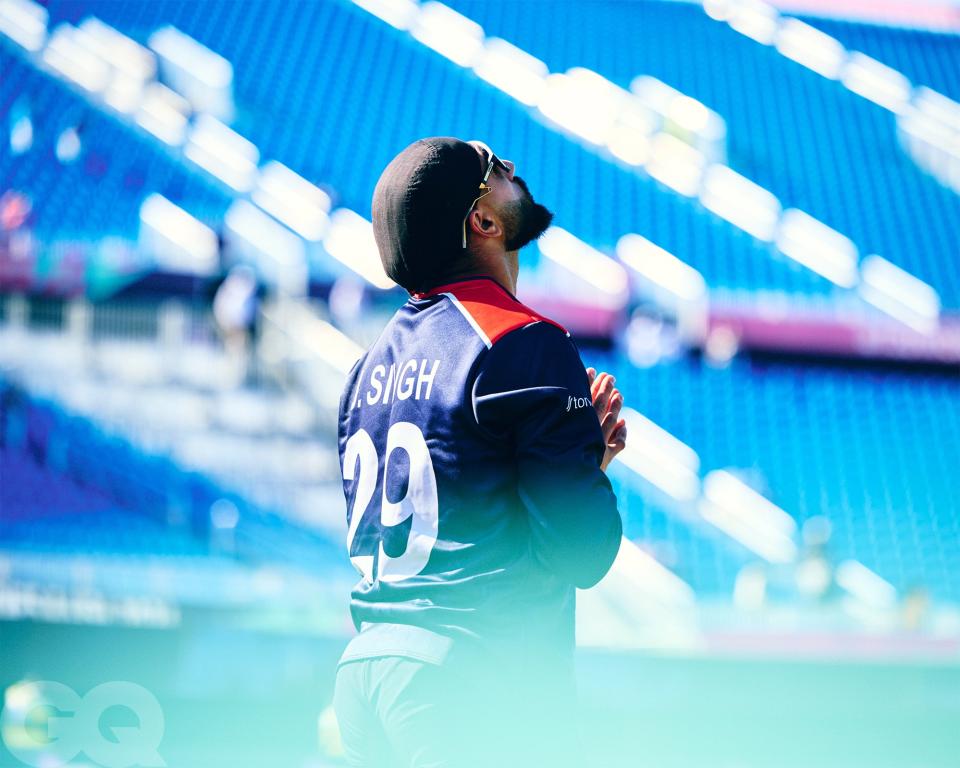
Hundreds showed up rocking the combo of an India jersey and an American flag. Perhaps they’d have gone with USA jerseys and India flags, except it’s not exactly easy to buy a USA cricket jersey. (They weren’t available in the merch tents around the stadium grounds.) One fan told me, “If USA hits a six, I’ll do this”—he raised the American flag draped over his shoulders—“but if India takes a wicket, I’ll do this”—he popped the chest on the India jersey he was wearing. Another brought a sign with pictures of Tom Cruise and Bollywood star Shah Rukh Khan, with the phrase “In the end, the game of Cricket wins ♥️” written below. The stadium concession stands sold tikka fries, a particularly delicious metaphor.
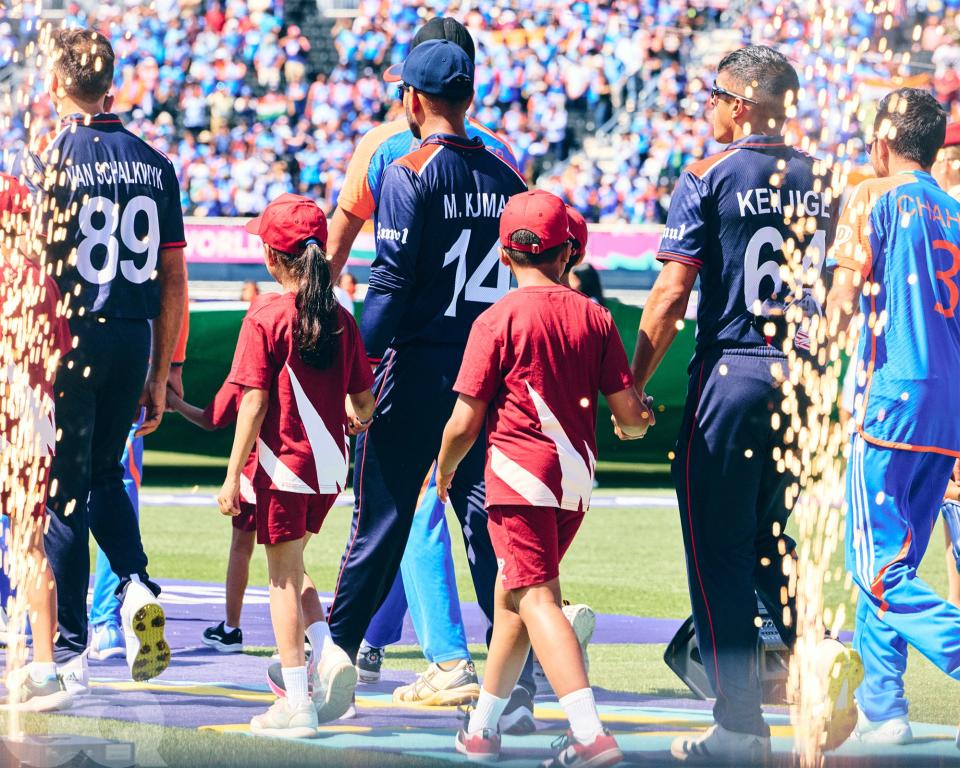
The push to convince America to love cricket is on. The 2021 announcement that the United States would cohost the World Cup noted that “the International Cricket Council has identified the USA as a strategic market for growth that will benefit cricket around the world”; investors including Microsoft CEO Satya Nadella have put more than $100 million into Major League Cricket, which launched in 2023 in Texas and North Carolina. The Los Angeles 2028 Olympic hosting committee used one of its five optional sport slots to pitch reintroducing cricket to the Olympic program for the first time since 1900.
But the world—and many Americans—have spent the last few weeks realizing that the United States already has millions of cricket fans, and a team capable of competing at the highest level of the sport. It’s happening very fast, and we’re still digesting what’s happening.
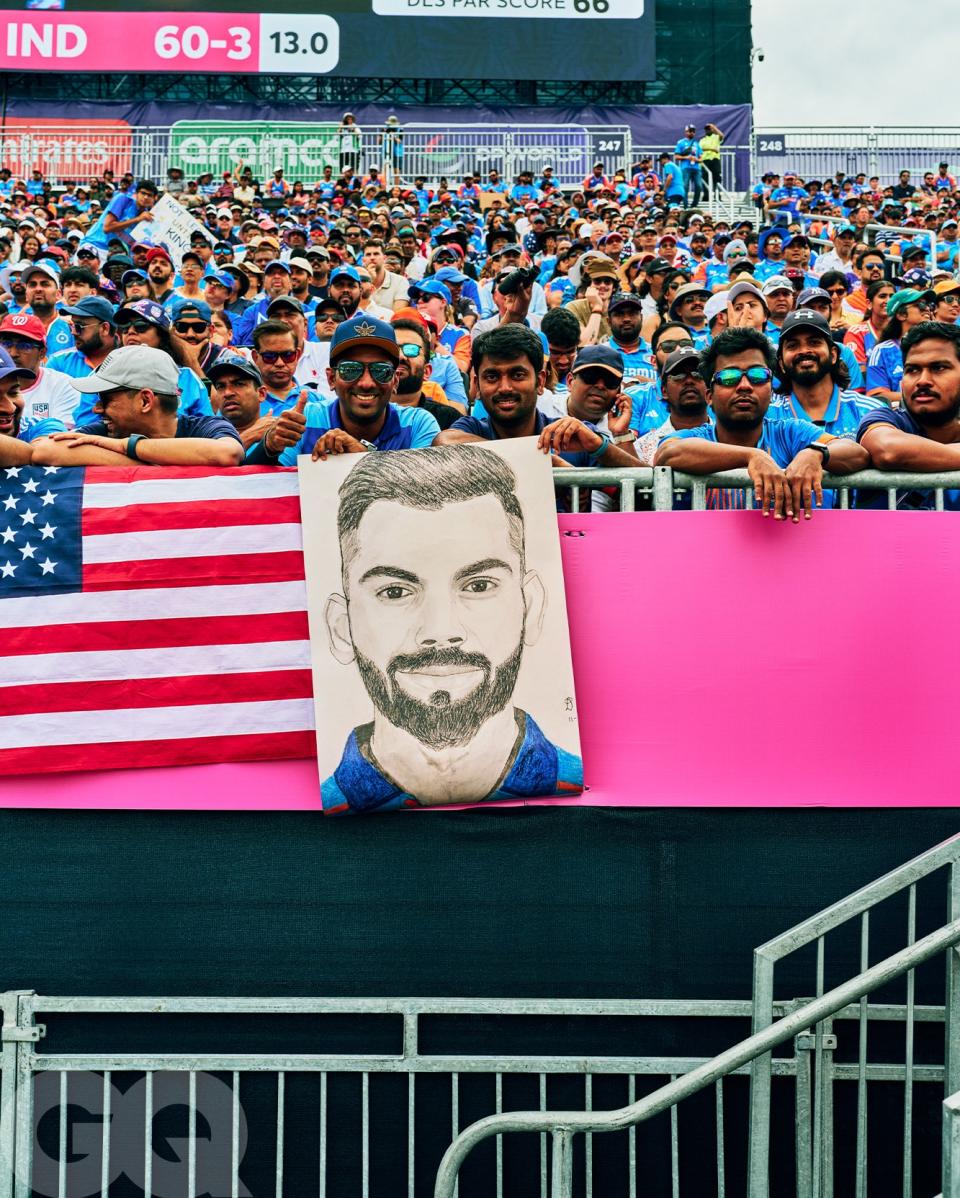
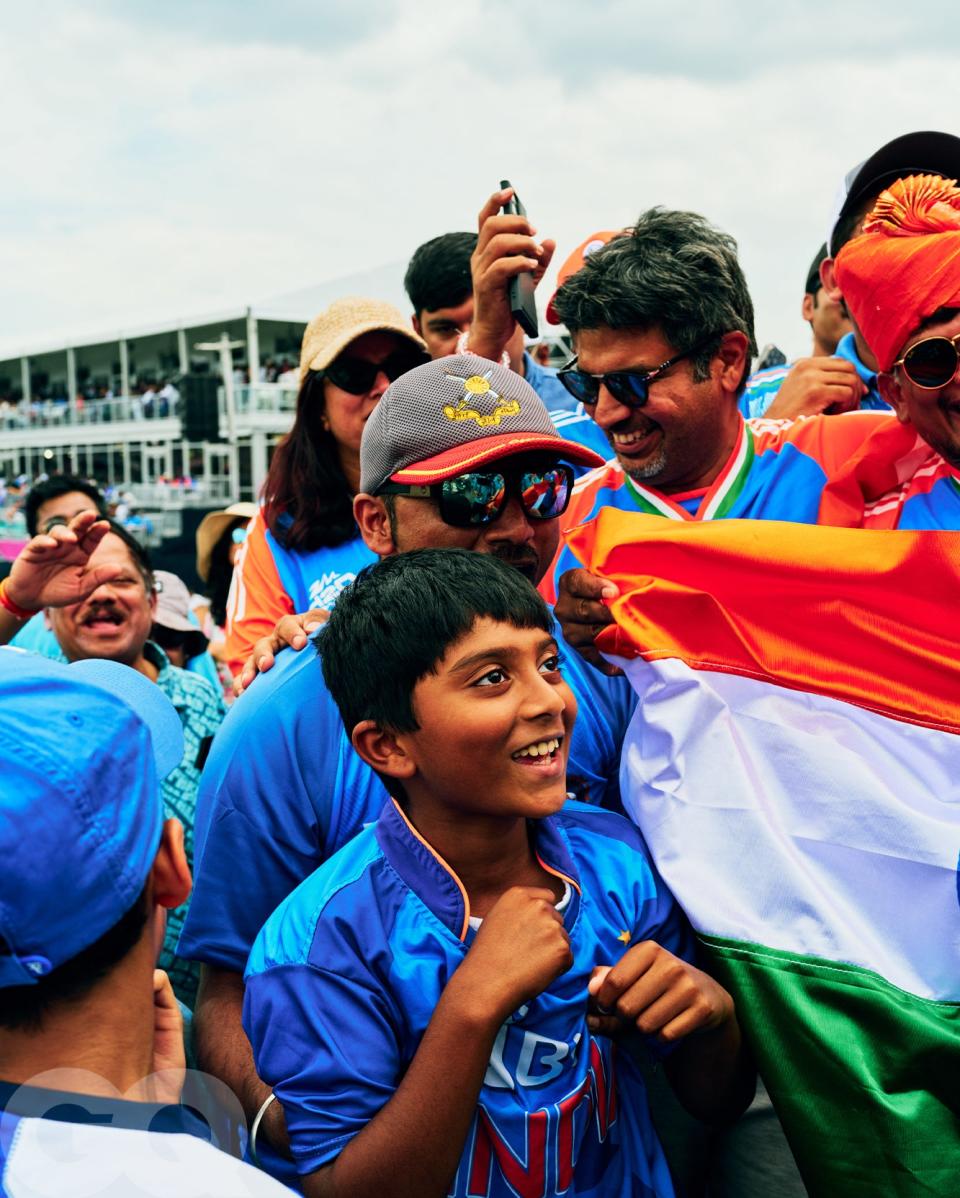
Wednesday’s match was the eighth and final match held at a venue called Nassau County International Cricket Stadium, a fancy-sounding title for what was, essentially, a bunch of bleachers placed in a large field on Long Island. The original plan was to build a stadium in the Bronx, but that fell through in September. They started building at the Nassau site in February. The bulldozers have already arrived—the rest of the tournament will be conducted in Florida and the West Indies. The pop-up pitch was widely criticized for producing subpar, low-scoring matches. “It hasn’t worked out for the grounds staff, which is a shame, because they’re great blokes and worked their socks off,” said Stuart Law, the Australian who took over as head coach of the USA cricket team in April.
The whole thing gave the vibe of a music festival as much as a sporting event—there were rows of portable toilets, a bunch of food trucks arranged in a semicircle, and forlorn-looking people who clearly hadn’t prepared for hours of direct sunlight. (It’s me, I’m forlorn-looking people who clearly hadn’t prepared for hours of direct sunlight.)
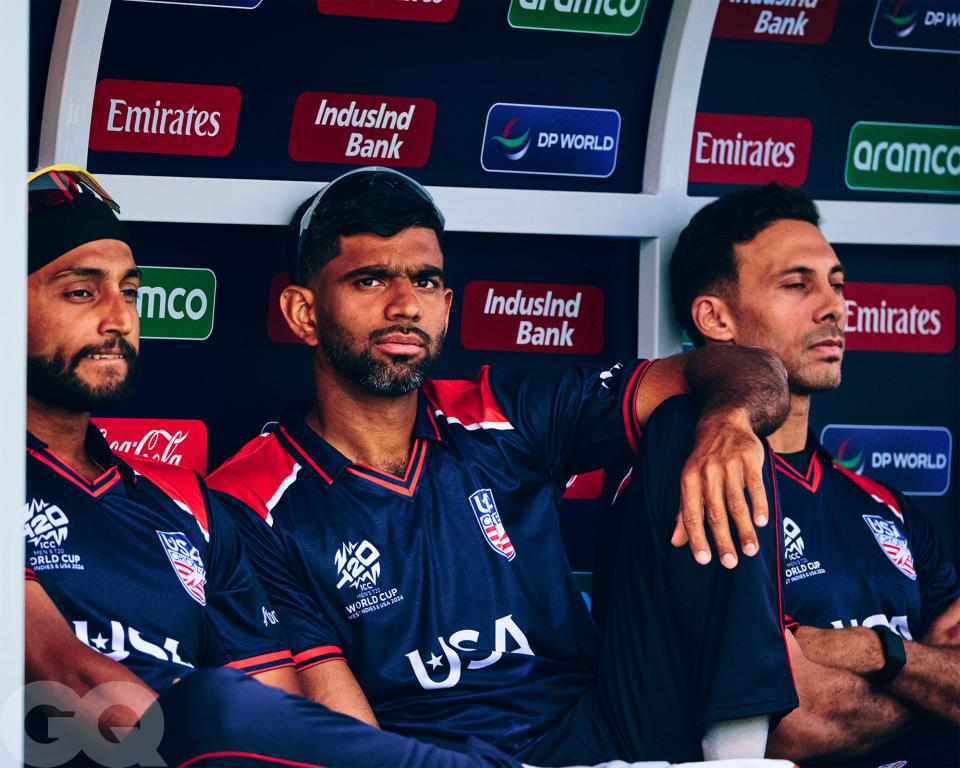
I recommend cricket to my fellow Americans. The T20 format, where each team only faces 120 balls, lasts about three and a half hours—significantly shorter than the traditional multiday matches you may have heard about. It lends itself to batters swinging away and exciting endings. And let me tell you: An ice-cold Cricket Beer while watching a slow-paced game in a hot, completely unshaded stadium hits like a damn jackhammer. We’ve been sleeping on Cricket Beers as a concept.
But it doesn’t seem like the point of this whole endeavor was to win over casual American fans. I still haven’t seen or heard any advertisements for the tournament, which is not being broadcast on American television. You can, if you’d like, subscribe to a cricket-specific channel or streaming service, but that’s not a strategy for wooing first-timers. (If you do subscribe, you’ll see ads for ghee.) I went to the Canada-Ireland game on Friday, and the stands were maybe 10% full. I overheard two separate groups of people referring to the act of hitting the ball over the fence—a “six” in cricket terminology, because it’s worth six points—as a “home run.”
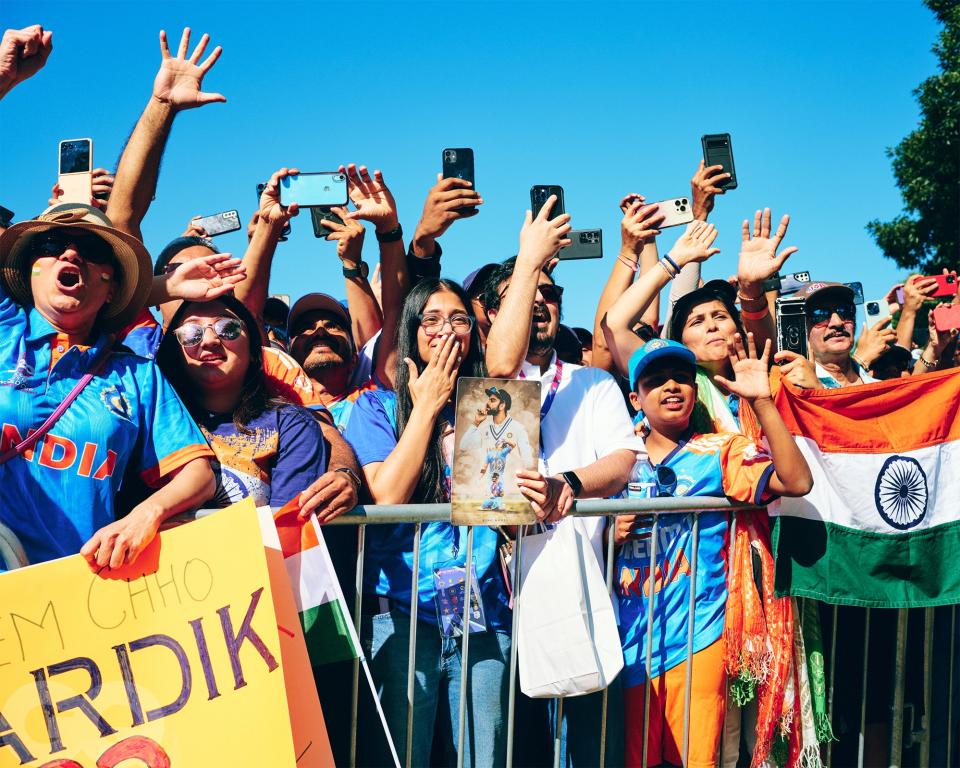
But they didn’t spend millions hosting a tournament just to get a handful of curious gawkers there to witness the spectacle. The value was always going to be selling the tournament to the massive South Asian community here in the New York area. India played Pakistan on Sunday in front of a crowd of 34,000. The cheapest ticket available on resale apps on game day was over $700. (If you moved across the globe and they decided to play the Super Bowl in your new home, how much would you pay to see it?)
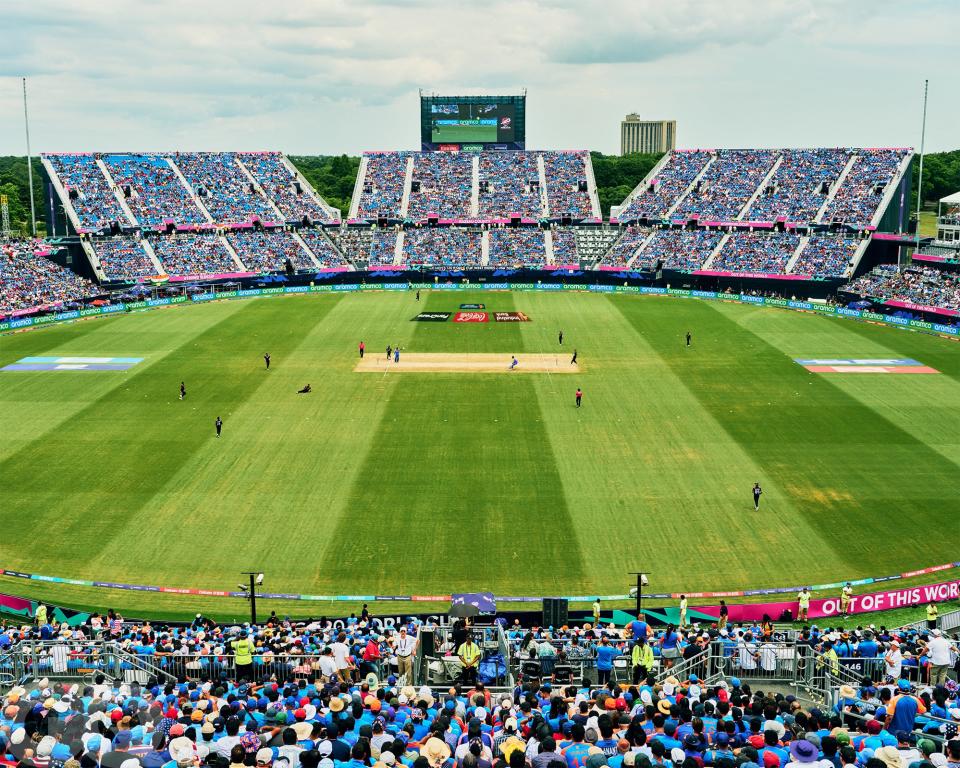
My long-time perception of cricket was that it was one of The British Sports, like rugby and Love Island. And not just British, but posh and snooty. If this is your understanding of cricket, it’s hard to imagine the sport ever taking off here. Didn’t we dump all that tea in the harbor to avoid ever having to learn what a “wicket” is?
But cricket is a secondary sport in England, well behind soccer in overall popularity. It is, however, the sport is South Asia, the collective passion of a region which contains about a quarter of the world’s population. India, with 1.4 billion citizens, has never qualified for the World Cup in soccer and has fewer gold medals across all Olympic sports all-time (10) than Michael Phelps has by himself (23). Cricket is 1A and 1B.
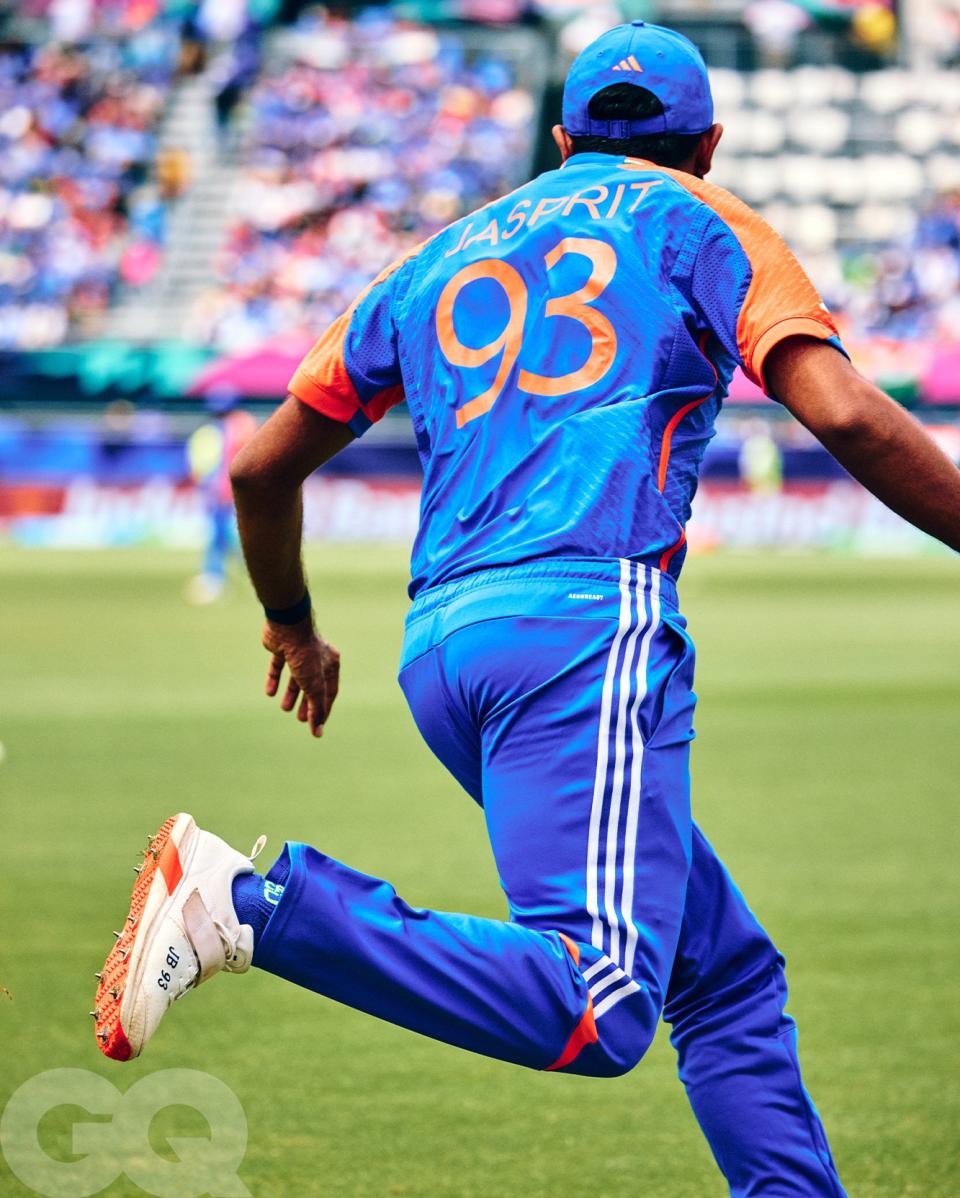
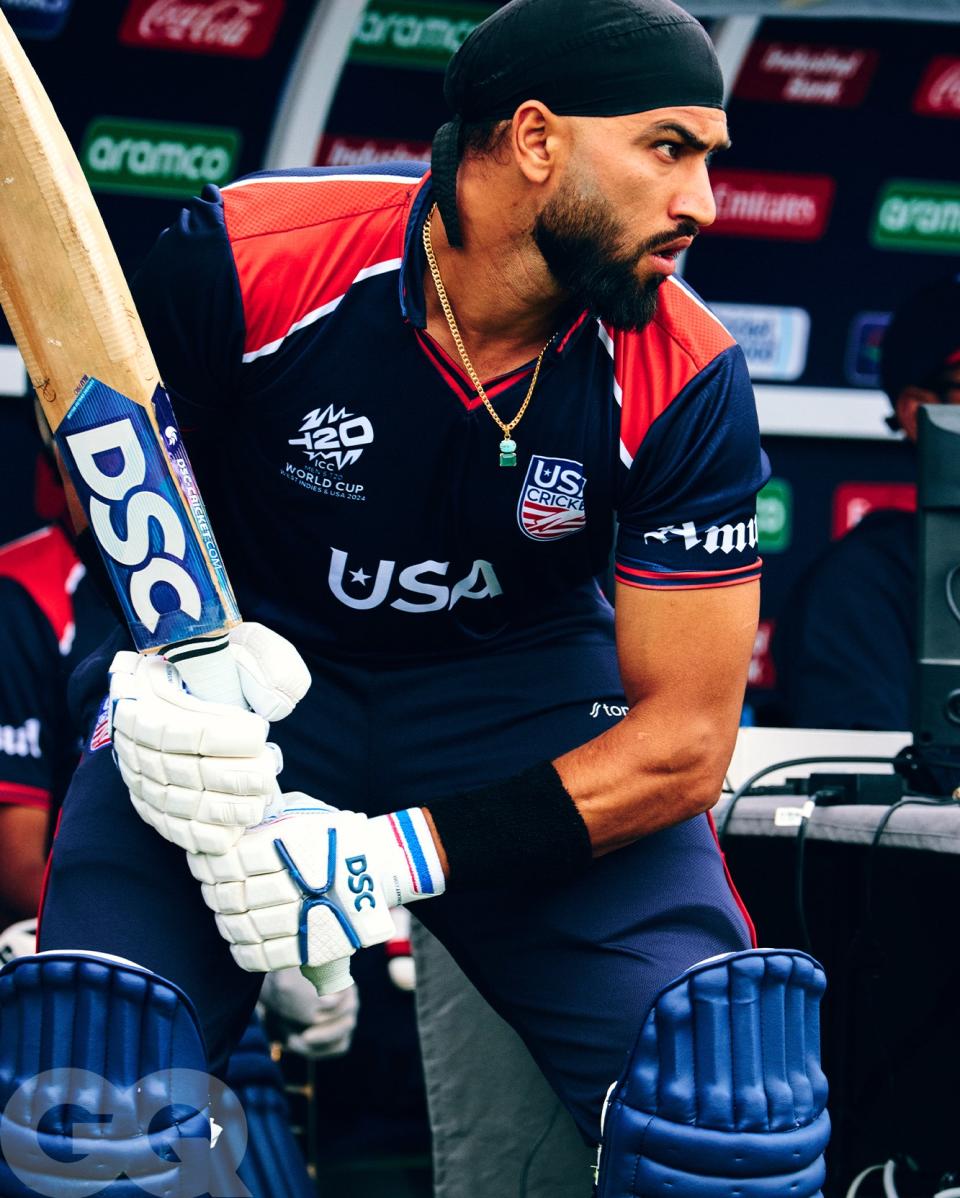
And as millions of South Asians have immigrated to the United States, they’ve brought a love for cricket with them. Add in millions of Americans from the West Indies, and the United States probably has more cricket fans and cricket players than some of the nations that contend for international championships. (Sorry, Kiwis, time’s up.)
Are those American cricket players? Or are they cricket players who live in America? The answer is yes. Team USA is not the result of a grassroots American cricket system. Eleven of the 15 players on the roster were born overseas; three of the four players born in the United States grew up in traditional cricket-playing countries. Steven Taylor, the Floridian son of Jamaican immigrants, is the only born-and-raised American on the roster.

International sports are based on the premise that an athlete’s nationality defines them. The United States is based on a near-opposite premise, that a nation of Something-Americans can e pluribus a kickass unum. This makes USA Cricket perhaps our most American team, and the melting-pot haters can eat rocks—basically the only thing they can eat without another culture’s culinary influence, anyway.
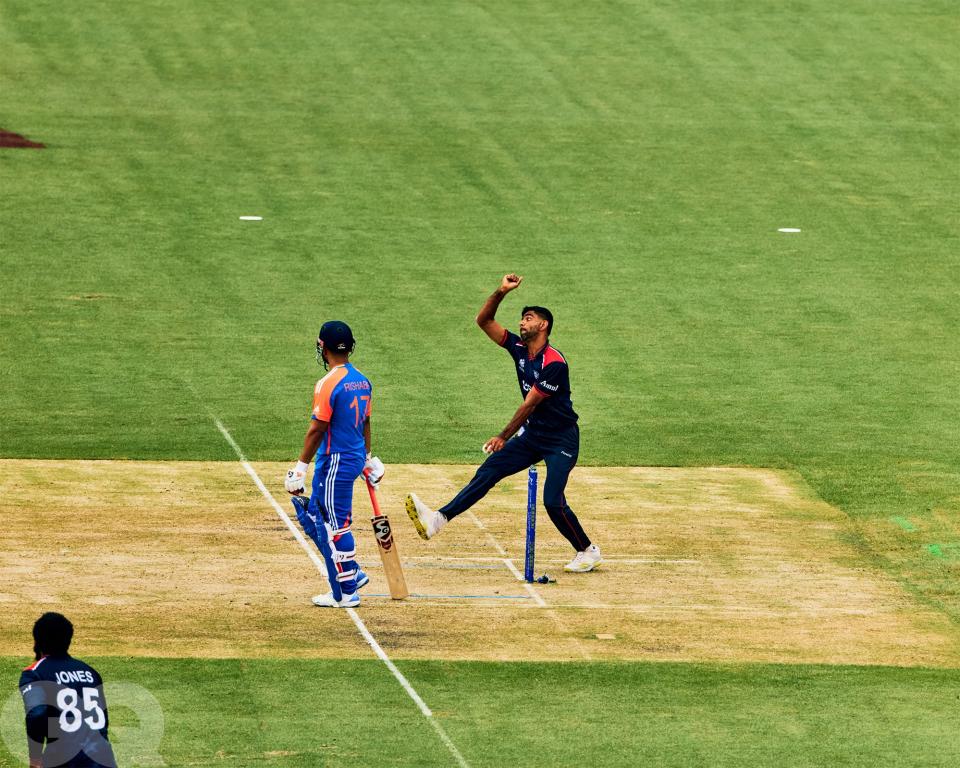
Wednesday was a celebration of that hyphenation. I spoke to Bobby, born in Ambala, raised in Virginia, a lifelong cricket fan attending his first ever game—half his beard was India-colored; half was red, white, and blue. I spoke to Abhijit, a native of Nagpur, who came up from the Baltimore suburbs in a split India-USA bucket hat and a shirt reading “My home is in USA, my heart is in India.” I spoke to Romil and Prithvi, an Indian-born man and his American-born son, respectively, who were wearing India jerseys and Uncle Sam hats. As a cricket outsider, it was a little humbling talking to fans who have watched cricket for decades but had never actually seen a world-class game in person—here I was, casually walking through their once-in-a-lifetime moment out of curiosity.
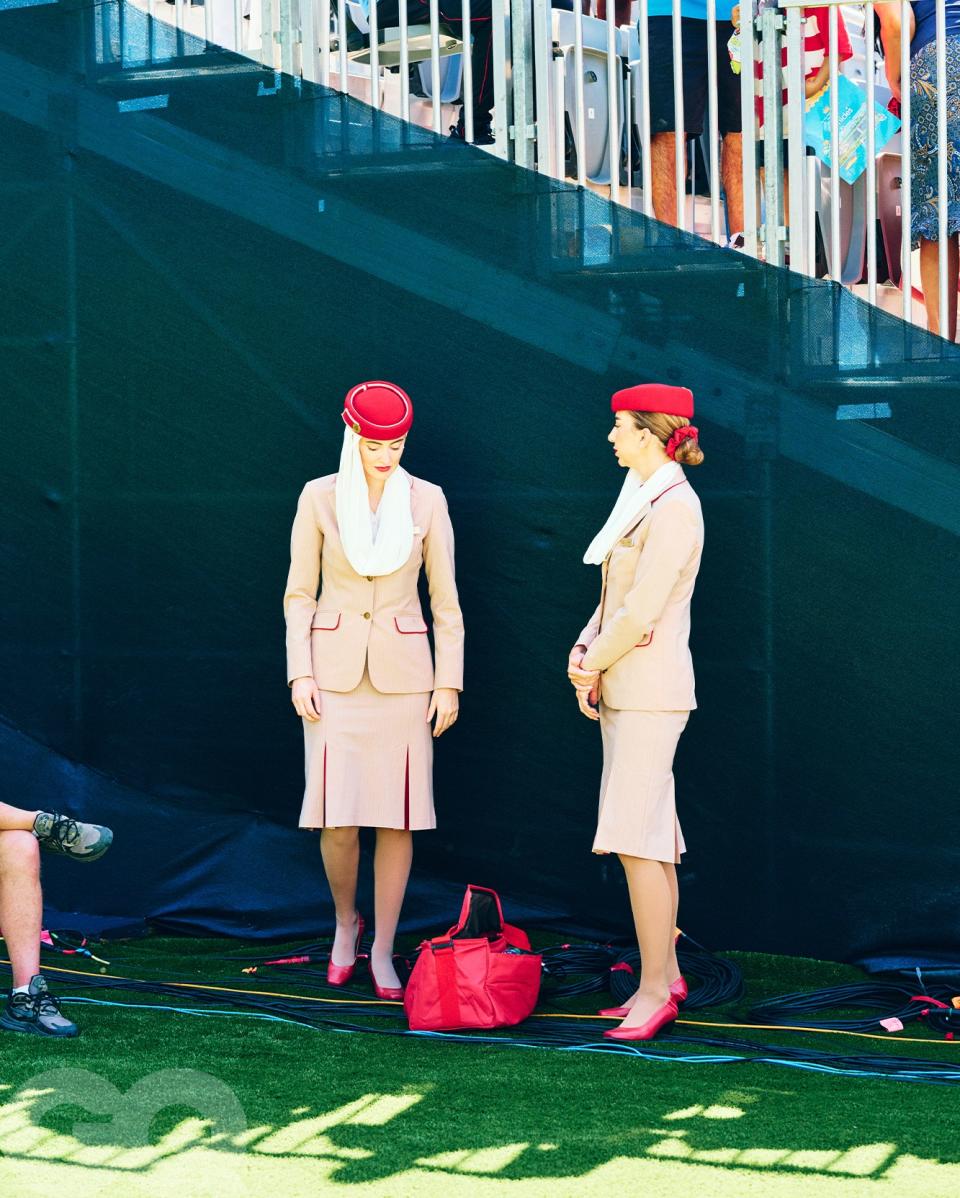
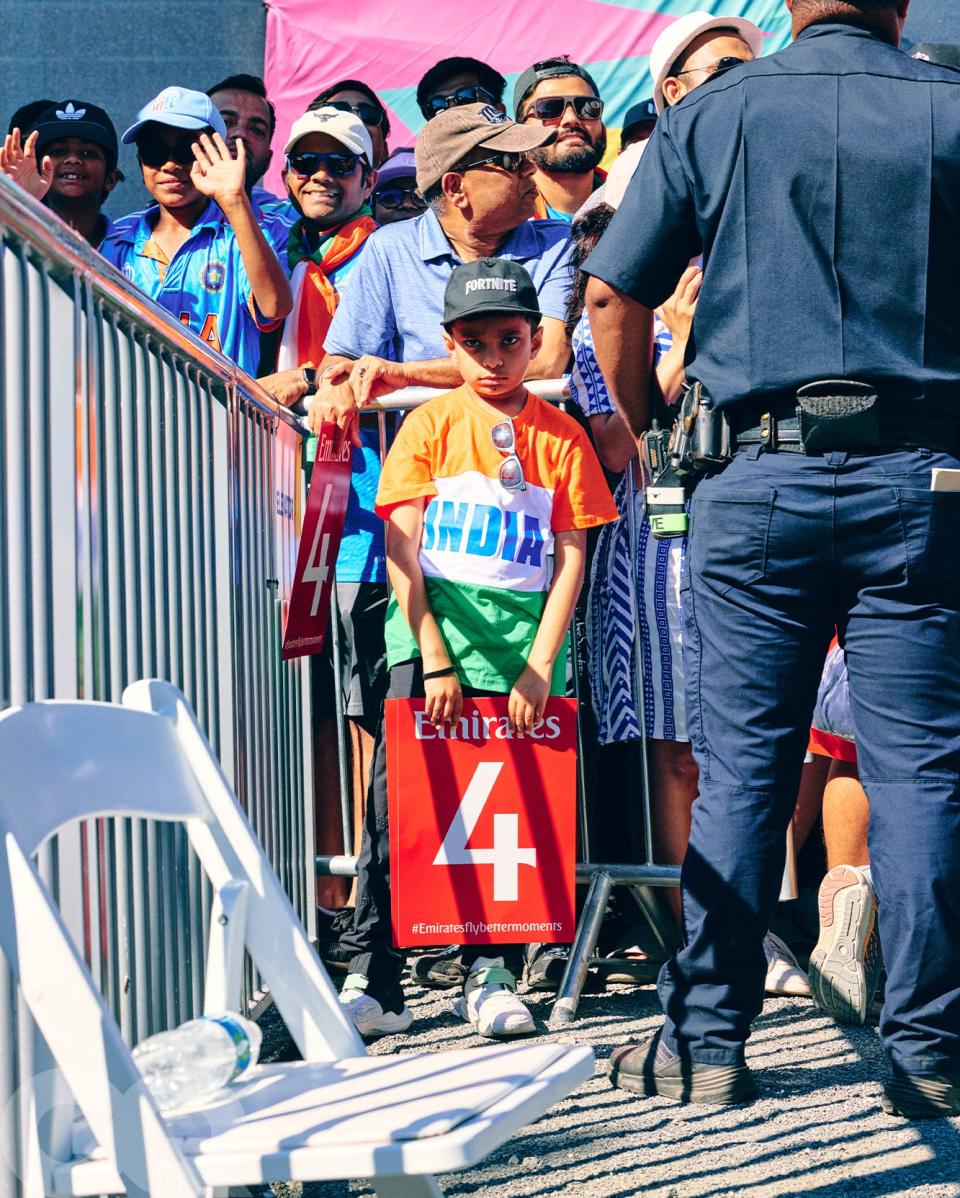
Perhaps some of that cheerful “anything goes!” energy will melt away if Team USA becomes good enough to regularly beat India—it’s easy to root for two teams when one of them is not a competitive threat to the other.
Team USA played well, but were done in by a couple of critical errors. Netravalkar dropped a ball that would’ve retired Suryakumar Yadav, who went on to score a game-high 50 runs. The Americans received a five-run delay-of-game penalty—by the reaction of more experienced cricket journalists around me, a shocking error. (Coach Law pushed back on the idea that his players were unfamiliar with the rule, but admitted they needed more experience to avoid delays.)
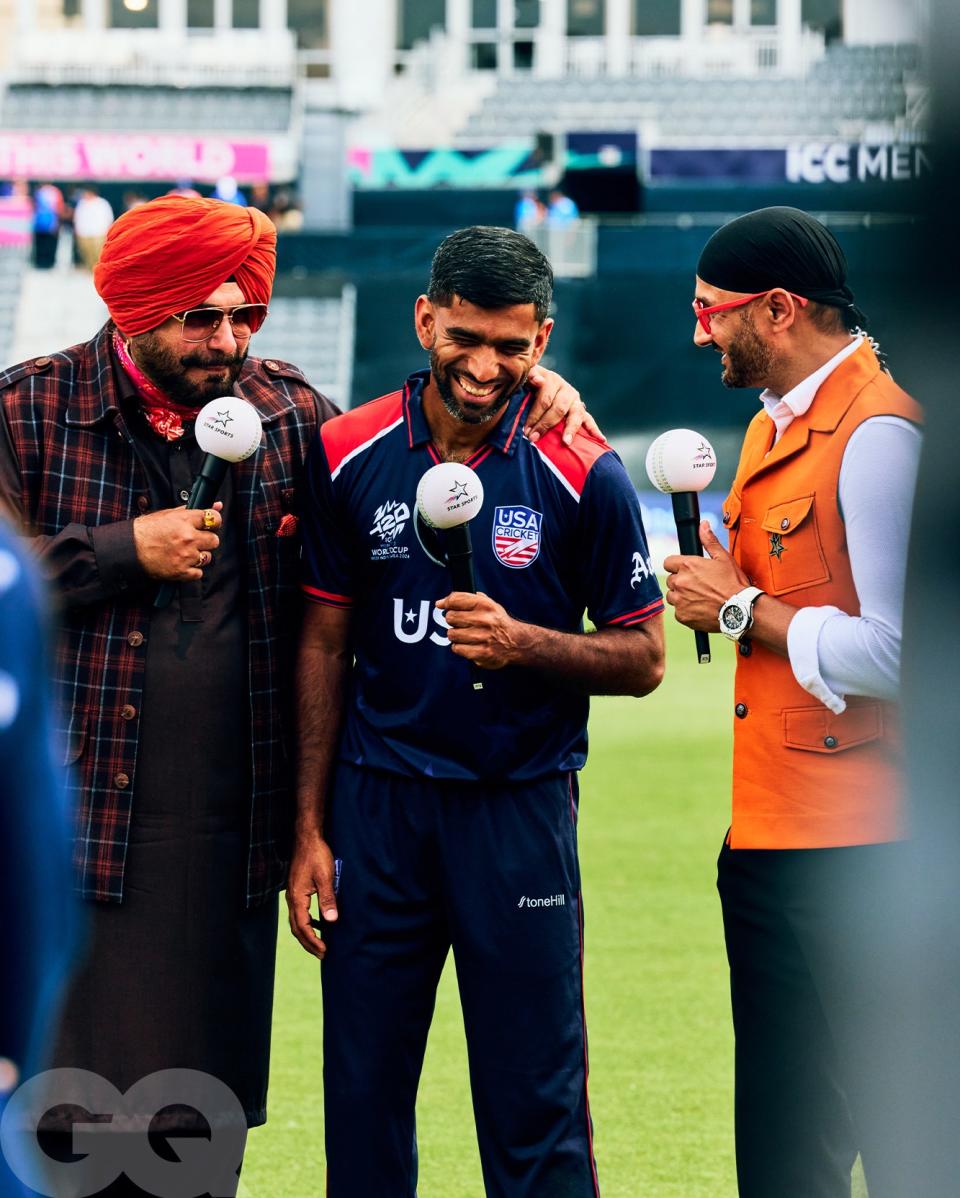
One fan held up a sign saying “Our friendship lasts forever! Want to see USA and India in Final!” He could, theoretically, get his wish. With two wins in three games, the Americans need to defeat winless Ireland to advance to the next round of the tournament. (They will also advance if the game is rained out, which seems likely.) Even that much would be a spectacular moment for American cricket—they’ll get more matches against the best teams in the world, and earn automatic qualification into the 2026 tournament. But it will be bad news for Netravalkar’s bosses, as he’s expected back at work on June 16. Hopefully, they let him extend his leave.
Originally Appeared on GQ
More Great GQ Sports Stories
Luka Doncic Is the Biggest Sicko the NBA Has Seen in Years
Charley Hull Cig-Blasted Her Way Through the US Open
Why Do Soccer Players Hike Their Shorts Up Ridiculously High?
Saturday Night Live’s Marcello Hernández’s Comedy Chops Are Matched Only by His Love of Baseball
GQ Sports, ESPN, and Metro Boomin Kicked Off the NBA Finals With a Bang
Not a subscriber? Join GQ to receive full access to GQ.com.

 Yahoo Sports
Yahoo Sports 
